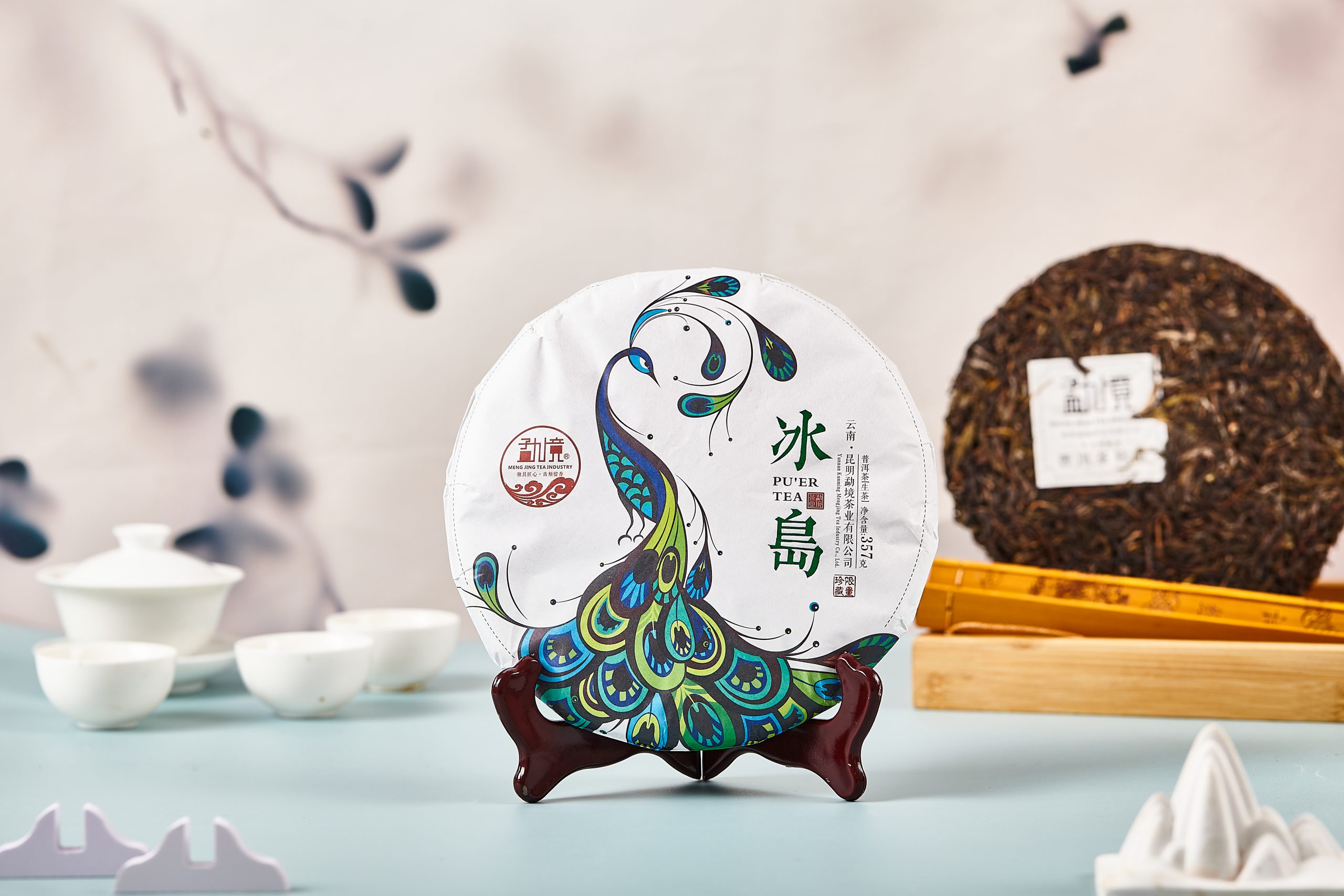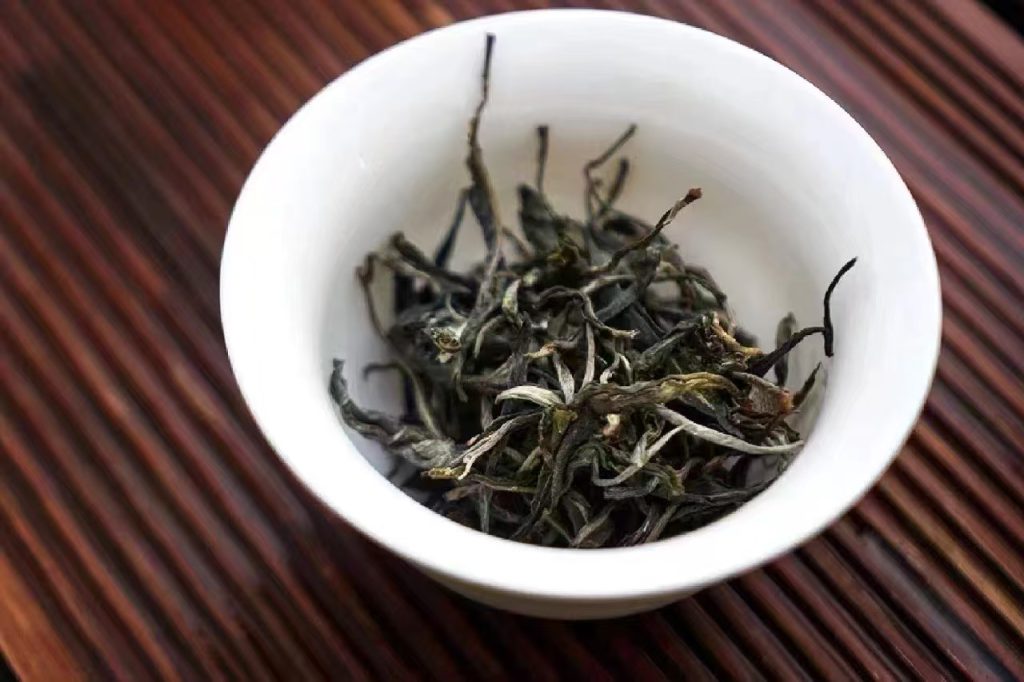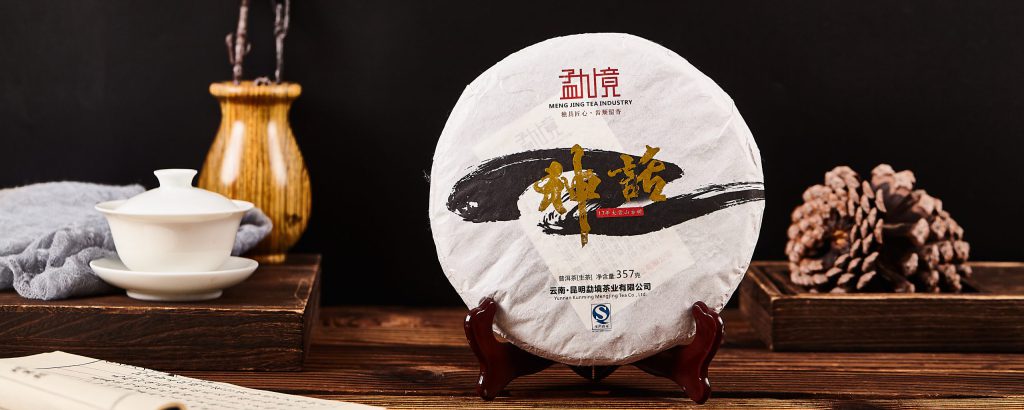Your cart is currently empty!

Abstract
Pu-erh tea, a unique fermented tea originating from Yunnan Province in China, has been cherished for its distinctive flavor and health benefits. This comprehensive article delves into the cultural significance, production process, and ethnic characteristics of Pu-erh tea, offering an in-depth look at its historical and modern-day relevance.
Introduction
Pu-erh tea, with its rich history and cultural depth, has been a part of Chinese tradition for centuries. Originating during the Eastern Han Dynasty (25-220 CE), it was first cultivated by the indigenous Pu people of Yunnan and gained popularity as a tribute tea during the Tang Dynasty (618-907 CE). Over time, Pu-erh tea has evolved from a commodity to a symbol of Chinese tea culture and craftsmanship.
Geographical Roots and Ethnic Characteristics
Yunnan, the birthplace of Pu-erh tea, boasts a subtropical climate, high altitude, and mineral-rich soil that contribute to the tea’s unique characteristics. The region’s biodiversity, including ancient tea trees, plays a crucial role in Pu-erh production. Key producing areas such as Xishuangbanna, Pu’er City, Lincang, and Baoshan are home to some of the oldest tea trees in the world, some over 1,000 years old. These regions are also rich in ethnic diversity, with various ethnic groups contributing to the unique methods of cultivation and processing that define Pu-erh tea.
The Dai, Hani, Yi, and Blang peoples, among others, have developed distinct techniques for growing, harvesting, and fermenting tea leaves. Each group’s traditions and rituals surrounding tea production have been passed down through generations, enriching the cultural tapestry of Pu-erh tea.

Production Process
The production of Pu-erh tea involves a meticulous process that includes harvesting, fermentation, and aging. Harvesting typically occurs during spring and autumn when the leaves are at their peak quality. The leaves are carefully selected for maturity, often including buds and young leaves for added flavor complexity. After picking, the leaves undergo withering, rolling, and sun-drying to prepare them for fermentation.
Fermentation is a crucial step that sets Pu-erh apart from other teas. There are two main types of Pu-erh based on fermentation methods: Raw (Sheng) Pu-erh, which undergoes natural fermentation over time, and Ripe (Shou) Pu-erh, which is accelerated through a process called “wet piling.” Aging is a critical factor in developing Pu-erh’s complex flavors and aromas, with properly aged Pu-erh becoming smoother and more valuable over time.

Cultural Significance
Pu-erh tea is not just a beverage but a cultural artifact with deep historical roots. It was once a valuable trade commodity along the ancient Tea Horse Road, exchanged for horses with Tibet. The Ming Dynasty (1368-1644 CE) saw Pu-erh’s reputation grow further, prized for its medicinal properties and unique aging process. Today, Pu-erh tea remains a symbol of Chinese tea culture, with its production and consumption practices being revitalized and adapted for the contemporary socio-economic context.
The art of tea tasting, or “Gongfu Cha,” has also evolved around Pu-erh tea, emphasizing the importance of ritual and appreciation in the consumption of tea. This practice involves multiple infusions of the tea leaves, each revealing different flavors and aromas, and is considered a form of meditation and mindfulness.

Health Benefits and Modern Research
Pu-erh tea is believed to aid digestion, reduce cholesterol, and improve cardiovascular health. Modern research has explored the effects of different microorganisms on the fermentative process of Pu-erh tea, highlighting its complex microbiome and the potential health benefits associated with its consumption. Studies have also focused on the chemical constituents of Pu-erh tea, analyzing its antioxidant compounds and their effects on oxidative damage and nitric oxide scavenging.
Recent studies have shown that Pu-erh tea contains a high concentration of polyphenols, which are known for their antioxidant properties. These compounds can help neutralize free radicals in the body, potentially reducing the risk of chronic diseases. Additionally, Pu-erh tea has been linked to weight management due to its ability to boost metabolism and suppress appetite.
Ethnic Contributions to Pu-erh Tea Production
The ethnic minorities in Yunnan Province have played a significant role in the development of Pu-erh tea. Each group has its own unique approach to tea cultivation and processing, which has contributed to the diversity of Pu-erh tea available today.
The Dai people, for example, have a tradition of sun-drying tea leaves on bamboo mats, which imparts a distinct flavor to the tea. The Hani people are known for their stone grinding technique, which is used to break down the tea leaves during the fermentation process. The Yi people have a tradition of compressing fermented tea leaves into bricks or cakes, which aids in the aging process and is a common form of Pu-erh tea today.
Sustainability and Future Research
As the demand for Pu-erh tea grows, sustainability has become a critical issue. The preservation of ancient tea trees and the promotion of organic farming practices are essential to maintaining the quality and cultural significance of Pu-erh tea. Research is being conducted on sustainable farming methods and the impact of climate change on tea production in Yunnan.
Future research will likely focus on the genetic diversity of tea plants in Yunnan, as well as the development of new fermentation techniques that can enhance the health benefits and flavor profiles of Pu-erh tea. Additionally, there is a growing interest in the cultural aspects of tea production, with anthropologists and historians working to document and preserve the traditional practices of Yunnan’s ethnic minorities.
Conclusion
Pu-erh tea stands as a testament to the rich cultural heritage of China, with its production deeply intertwined with the ethnic characteristics and geographical nuances of Yunnan Province. Its unique fermentation and aging processes, along with its health benefits, make Pu-erh tea a subject of both cultural admiration and scientific interest. As the global reputation of Pu-erh tea continues to grow, it remains a symbol of Chinese tea culture and an embodiment of the art of tea production.
References
- “Processing and chemical constituents of Pu-erh tea: A review.”
- “Exploring the Cultural Significance of Pu Erh Tea.”
- “The Microbiome and Metabolites in Fermented Pu-erh Tea as Revealed by High-Throughput Sequencing and Quantitative Multiplex Metabolite Analysis.”
- “What is Pu Erh Tea.”
- “Pu-erh tea tasting in Yunnan, China: Correlation of drinkers’ perceptions to phytochemistry.”
